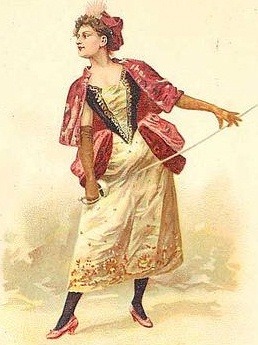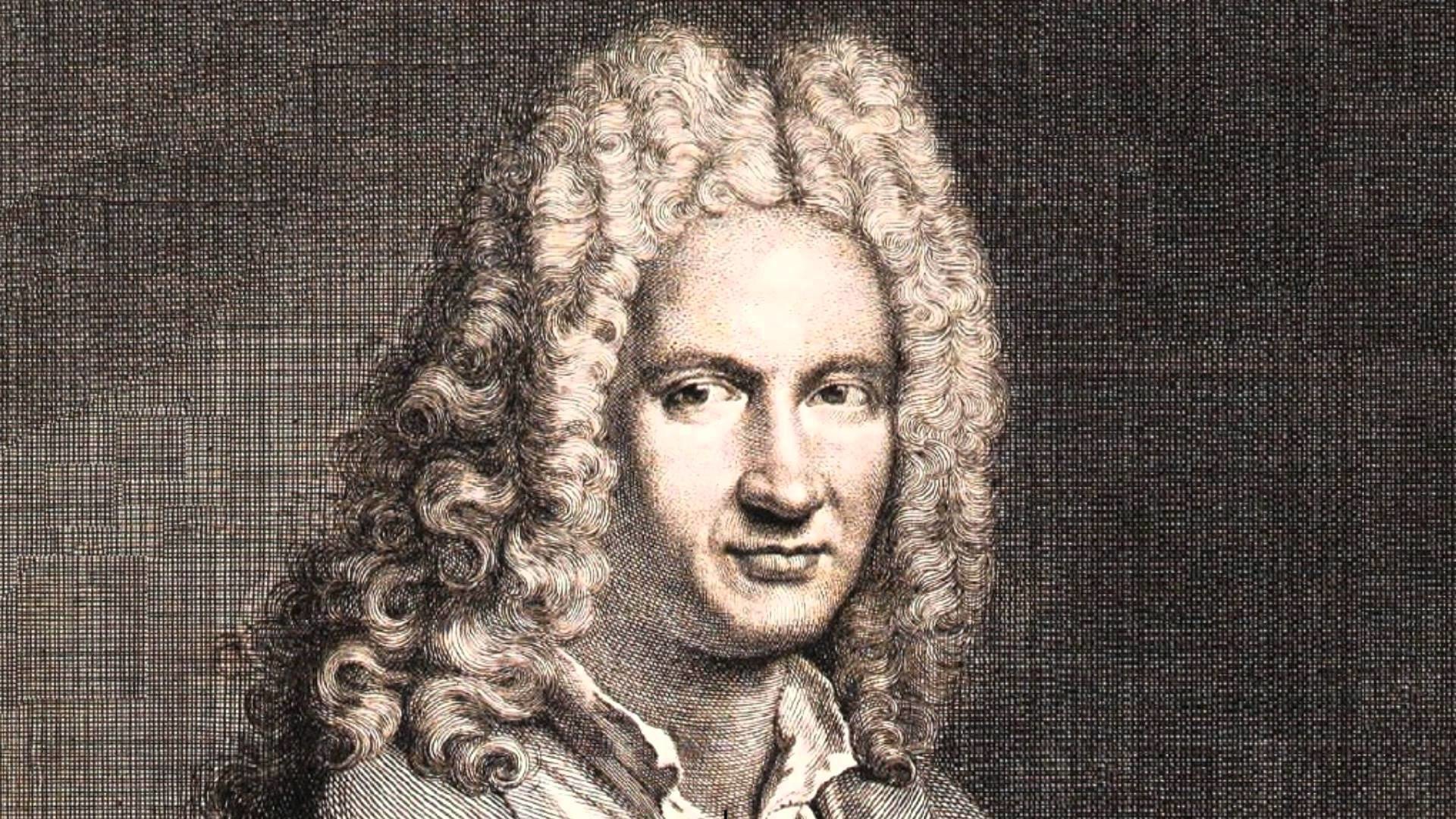3 October 2024, 23:04 | Updated: 3 October 2024, 23:08

Long lines of music lovers formed to hear a piece of history, as a previously unknown Mozart trio received its first public performance.
It‘s not often that you can hear new music from . But that’s just what modern audiences enjoyed last weekend, with performances of a newly discovered string trio.
Last Thursday, Leipzig municipal libraries revealed their discovery of a previously unknown work by the great Austrian composer.
The music was found in the collection of the Leipzig Municipal Library while researchers were completing a new edition of the Köchel catalogue of Mozart’s works.

Composed for string trio, the seven-movement piece is believed to have been written in the mid to late 1760s, when Mozart was a teenager. The manuscript features dark brown ink on off-white laid paper, with the title Serenate ex C.
The 12-minute piece has now been named Ganz kleine Nachtmusik. The first modern performance of it took place last week at the composer’s birthplace in Salzburg.

With huge excitement, Ganz kleine Nachtmusik received its German premiere at the Leipzig Opera. On Saturday, 400-metre-long queues formed in Augustusplatz outside the house with fans eager to hear the performance. It was played by graduates of the Johann Sebastian Bach Music School.
“Mozart dropped a new single,” commented one viewer on YouTube. Watch it being played above.

“We are convinced that we can now present a completely unknown, charming piece by the young Mozart,” Ulrich Leisinger, head of research at the Mozarteum Foundation, told the German Press Agency.
Leisinger said the piece displayed compositional characteristics which suggested Mozart would have been between 10 and 13 years old at the time of writing. Experts also suggested it was likely the piece was written for an outdoor performance, with the opening march intended to grab the audiences attention. Watch it in full below.

“Absolutely beautiful,” commented one Mozart fan, who made it to the Leipzig premiere.
“It’s an honour to be one of the first humans to hear this song in hundreds of years,” wrote another viewer on YouTube.
Later the musicians involved spoke to Classic FM and told of the ‘incredible honour’ of being selected to premiere the piece, but also the mysteriousness of the project, being handed the music without a title or explanation.
“Nobody could have ever imagined what it actually turned out to be,” David and Vincent Geer and Elisabeth Zimmermann told Classic FM a week later.
“It didn't even occur to us that we might have been chosen for something this big,” Vincent told us. “We thought it would just be an ordinary little gig.”
LIttle did he or his musical partners know that they were going to be part of classical music history.

The story of this rediscovered piece has gone viral and is surely now one of the biggest music stories of 2024.
In an era of streaming, international pop acts, and trending TikTok sounds, new music of a teenage Mozart still creates a moment like no other.




